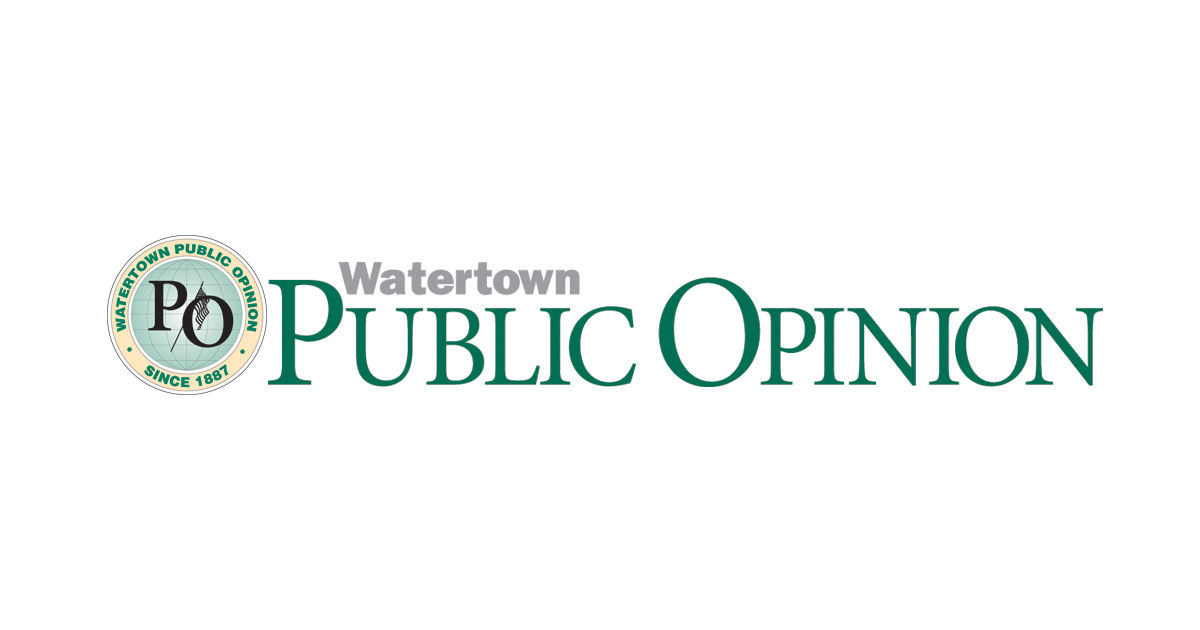
23 Dec Opioids leading cause of death for Americans under 50 | Neighbors
Morphine, Codeine, Opium, Vicodin, Percocet, Oxycodone, Heroin, Fentanyl and Methadone — what do these drugs all have in common? They are from the drug classification called opioids. A few of these drugs are types of pain pills that may be prescribed by a doctor for an injury or after a surgery.
It is important to remember that prescription pain medications are needed and safe when used properly. When pain medicine is taken as “prescribed” by a doctor, they help people recover from surgery or injury.
However, when pain medicine (or prescription opioids) are not taken as prescribed, or when they are “misused,” they are tremendously risky.
How can they be misused? By taking the prescription that was not prescribed to you, by taking the prescription more often or taking more than prescribed or by changing how you take them – crushing the pills. People can easily get addicted to prescription opioids which can then lead to using heroin which comes with high risk of overdose.
In 2016, drug overdose was the leading cause of accidental death in the United States contributing to 63,000 deaths, a 21 percent increase over the prior year. In fact, overdose is the leading cause of death for Americans under the age of 50. Of the reported overdose deaths, opioids account for 66 percent of those overdose deaths. Of the 63,000 overdose deaths, Fentanyl contributed to 20,145 deaths, followed by heroin at 15,446 and prescription opioids at 14,427.
The U.S. has been seeing increases in overdose deaths due to meth. This is due to the strength of the illicit meth coming from Mexico, as well as the practice of lacing meth with fentanyl.
Youth and young adults are at a greater risk of prescription drug abuse. This is due to three main reasons. The first is that there is a perception that experimenting with prescription medicine is low risk, meaning that there is no harm involved since it should be safe due to it being from a medical provider. The second reason is that misuse of prescription medicine is socially accepted within the peer group. The third reason is that there is relatively easy access to obtaining prescription medication – over 90 percent of youth initially get them from their family or friend’s medicine cabinets.
What can we do to prevent prescription drug misuse, abuse and addiction? First of all, we need to use prescription medications as directed by a healthcare professional. Follow dosing instructions and talk with your pharmacist or primary care provider if you feel the medication needs to be adjusted. These instructions are intentional and will help to prevent any negative effects.
Secondly, do not share or take someone else’s medication. We all have that tendency to want to self-diagnose and self-prescribe. We need to be aware that many factors determine how we respond to medications such as genetics, weight and pre-existing medical conditions. This can cause individuals to respond the same medication differently. Regardless of our intention, sharing or taking someone else’s medication is not safe.
Next, we need to keep our medications safe. We must store medications in secure locations, such as lock-boxes, medication safes or other lockable spaces. Avoid storage places such as drawers, nightstands or kitchen cabinets that children and others can easily access. Follow any disposal instruction on the prescription label or patient information sheet. If none are given, dispose of unused medication by either taking it to the Watertown Police Department or the Codington County Sheriff’s office to their prescription drop box. If you must dispose of it at home, you must remove the medication from the pill bottle and mix with an undesirable substance such as kitty litter or coffee grounds and then throw away the sealed mixture into the trash. Finish by removing the prescription label and discarding the bottle in the trash.
Lastly, model safe medication practice. Set a good example for family and friends by modeling the safe medication practices. Research shows it makes a difference when parents discuss safe medication practices with their children on a regular basis. You wouldn’t only instruct your child once to look both directions before crossing the street, so treat these practices in a similar manner. Repeat the conversation often and discuss these practices when you or your child is prescribed a medication.
Information for this article was taken from Overdose Lifeline, Inc. and Generation Rx.
[ad_2]
Source link



No Comments